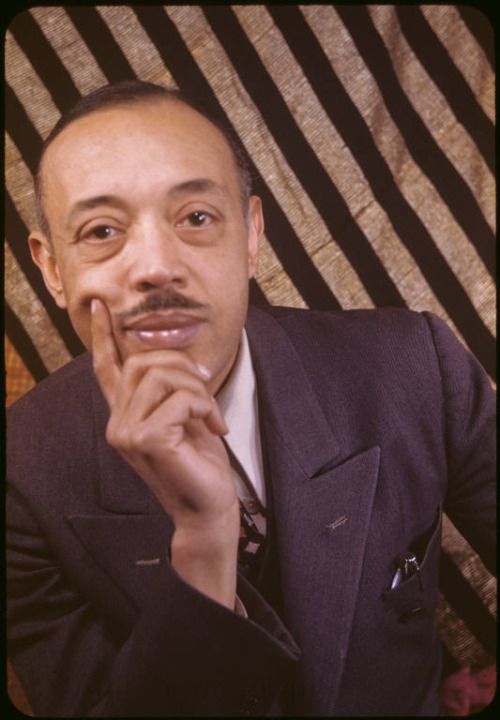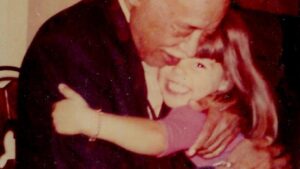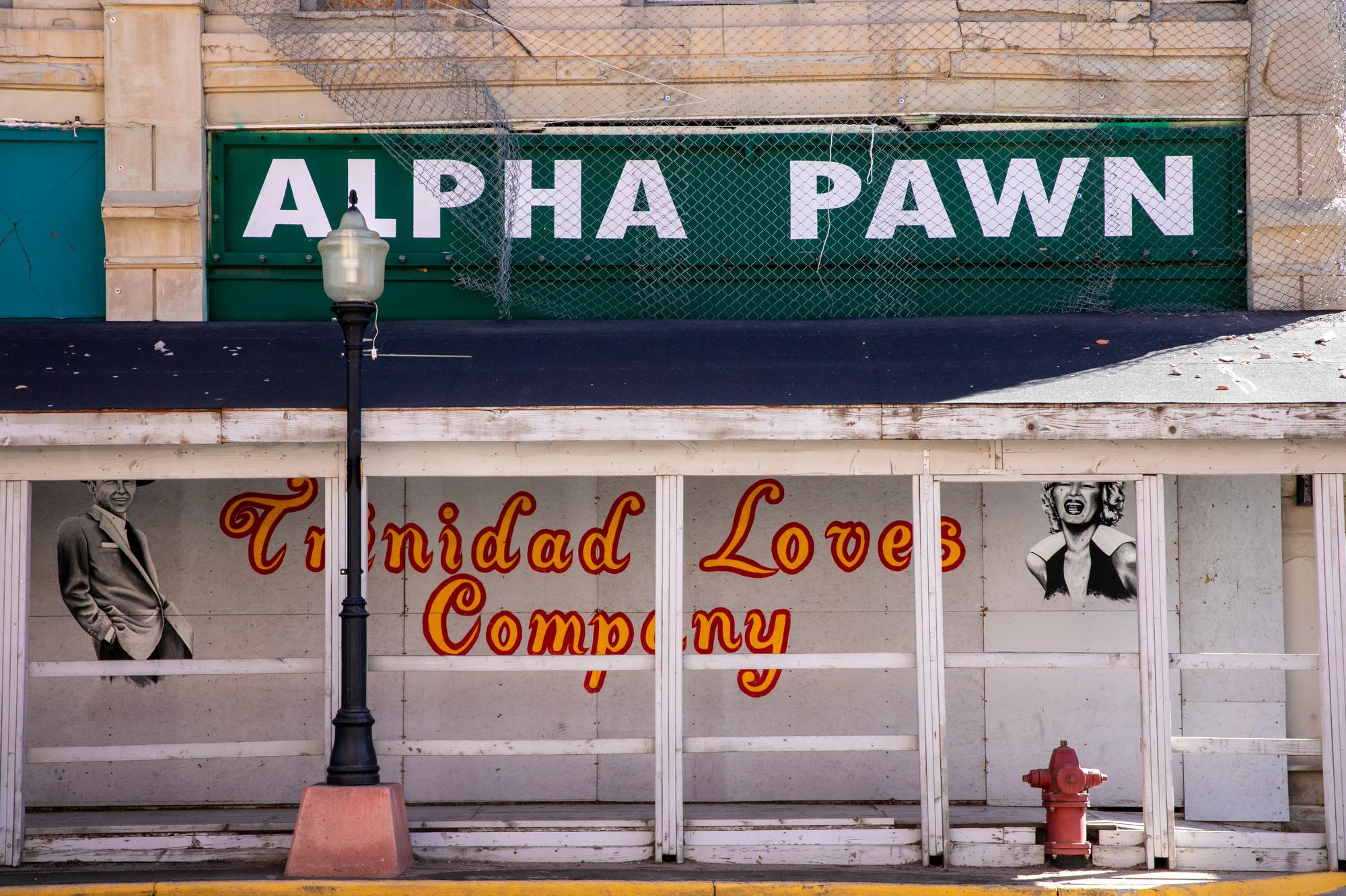
William Grant Still thought he would be forgotten.
That’s what his granddaughter, musician and journalist Celeste Headlee, told us when she spoke about her beloved grandfather- a composer whose lush, emotional music lends itself to the distinctly American sound of the early 20th century. Still’s compositions paint a landscape of the world around him, and of the musical heritage of fellow African Americans.
The First African American Symphonist
Take his first symphony, “Afro-American”, for example. Not only is it Still’s most famous work, it was performed by 38 orchestras in the U.S. and Europe in its first 20 years, making it the most popular American symphony until 1950. When he began sketching the piece in 1924, Still had recently finished playing in the pit for the Broadway musical, “Shuffle Along”, which was produced and performed entirely by African Americans. According to writer and activist Langston Hughes, that show ushered in the Harlem Renaissance. Headlee told CPR Classical that Still mused on the symphony and its inspirations for years, but it took until the Depression for Still to buckle down, shut himself in a New York City apartment, and write the whole thing in a few months. The Rochester Philharmonic premiered the symphony a year later in 1931. “Afro-American” was the first symphony by a Black composer to be performed by a leading orchestra.
Still's Influence On Gershwin
The symphony incorporates original blues themes and jazz rhythms, a rarity at the time and even today. Still deftly includes a banjo in the piece and also incorporates a familiar theme. Back in his “Shuffle Along” days, Still improvised a four-note riff and then played it every night. One person who loved attending the popular musical was George Gershwin. Gershwin set the words “I Got Rhythm” to Still’s four-notes in the song of the same name. It’s disputed whether Gershwin consciously or unconsciously lifted that riff but you can hear Still take it back in the third movement of his first symphony, “Afro-American.” While the similarity is audible, Headlee says, “Honestly, I never heard my grandfather rant about it.”
Still took violin lessons at the age of 15 and eventually taught himself to play all the instruments in the orchestra except for piano. Headlee said that being able to play an instrument was important to Still. “He didn’t want to write for an instrument unless he knew where the instrument’s sweet spot was,” she explained to CPR Classical. In “Darker America,” written before “Afro-American,” Still uses those “sweet spots” to create an evocative musical texture that was his signature style. His instrumental talent allowed Still to find gigs as a performer, like in “Shuffle Along,” but also for background music on the radio and in bands. Headlee hears Still’s masterful incorporation of some of those influences in the symphonic poem “Africa,” even though Still had a very low opinion of the piece and originally discarded it.
The Gentle Grandfather

Headlee knows what Still thought about these pieces because of his diligent note taking. He kept numerous notebooks. She was almost 9 when her grandfather died and remembers many visits to his L.A. home.
He was very gentle, she says. He had slender fingers “and tapped them all the time.” Headlee also says “he was completely wrapped up in music. He was always singing it, humming it, tapping it, pointing it out, always.” And her grandparents’ house was full of love. Her grandfather made what he called Honest to Goodness Toast, which Headlee thinks contained molasses and wheat germ. He made puzzles that he cut out with an exacto knife. And she hears his personality in his music. Still’s Suite for “Violin and Piano” musically depicts three sculptures by fellow Harlem Renaissance artists: Richmond Barthé’s “African Dancer,” Sargent Johnson’s “Mother and Child,” and Augusta Savage’s “Gamin.” “What he saw was the possibility for mischief,” Headlee says of the third movement, “He saw a boy that was very much like himself as a boy. If we are to believe what his mother said and his own stories of his childhood, he was a handful.”
Still The Patriot
Handful, yes, but also a patriot with optimism despite the challenges of being a Black American. Still served in the Navy during World War I and wrote music to honor the fallen soldiers of World War II. Of his piece “In Memoriam: The Colored Soldiers Who Died for Democracy,” Still wrote,
“I also hope that our tribute to those who died will make the democracy for which they fought greater and broader than it has ever been before.”
Headlee says, “My grandfather was a patriot to his dying day. He came out of a tradition from my great grandmother of believing that African Americans could earn a safe and successful place in the United States. His mother had been born into slavery, he was the first of our family born outside of slavery.” Headlee goes on to say that her family, including her grandfather, saw a lack of knowledge as the reason for racism. “He believed that if white people in general knew how hard working and good and brave and moral African-Americans were that racism would end.” Headlee says, “He was wrong about that. But part of his patriotism and love for his country came from this optimism.”
A Continuing Fight Against Racism
Still’s optimism faltered in his later years. The reason was lingering racism and violence against African Americans. “Again and again and again doors closed for him because of his color,” Headlee says. His opera "Troubled Island" was the first written by a Black composer to be performed by a major opera company in the United States. It received 22 curtain calls at the New York City Opera premiere in 1949, but closed after it was panned by critics.
Discrimination paired with a steady decline in commissions had a heavy impact on Still. By the time Headlee was born, she thinks he was a “little sadder.” The joy and optimism she hears in his early works was gone. Still is a great American symphonist and it’s hard to deny the emotional impact of his work today. He faced barriers that Black composers still face, even as progressive orchestras attempt to program music by diverse voices.
His last symphony, the “Sunday Symphony,” was premiered six years after his death by the North Arkansas Symphony Orchestra during a William Grant Still Festival in 1984. And in the years since, U.S. orchestras, universities and classical radio stations (like CPR Classical) have programmed his pieces more often and are rediscovering his contribution to American classical music. But sadly, Headlee told us, “I don’t think he thought he would be remembered. I think he thought there was a chance that racism had actually won.”
Hear more insights from Headlee paired with full length pieces from Still on Oct. 26 through Oct. 30 at 8 p.m. and Saturdays Oct. 31 through Nov. 21 at 1 p.m.
Listen to CPR Classical by clicking "Listen Live" on this website. You can also hear CPR Classical at 88.1 FM in Denver, at radio signals around Colorado, or ask your smart speaker to “Play CPR Classical.”
A curated playlist of some of our favorite pieces by Still.









